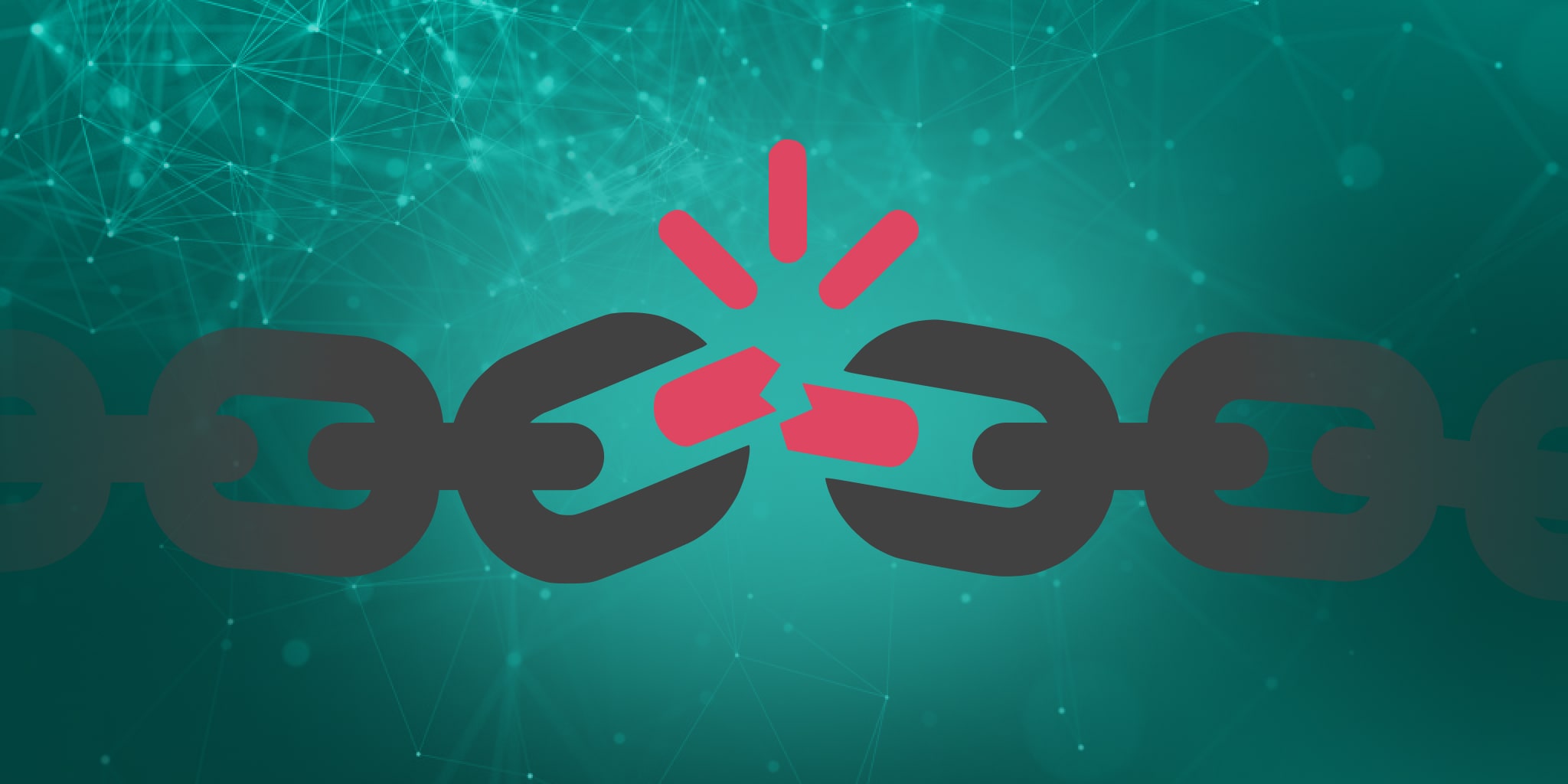
In an ever-accelerating information age, the companies most likely to succeed are the ones that not only glean the most profitable insights from their data, but do it faster and more nimbly than their competitors. In fact, according to ESG, companies that have successfully transformed their internal data cultures operate with 18x greater confidence: 72% versus 4% report their company almost always makes better and faster data-driven decisions.
The benefits of self-service analytics
Self-service analytics is a democratized form of business intelligence (BI) where individuals across an organization – regardless of their technical acumen – are able to utilize BI tools and extract data, perform queries, generate reports, and glean business insights, without requiring a background in technology.
With self-service analytics, far more people across the organization can act upon data with speed, insight and confidence. When every department is able to apply their own unique expertise to BI and make faster, more reliable data-driven decisions, organizations can reach a whole new level of agility and competitiveness.
For example, a sales director may want to improve their department’s account expansion numbers based on customer behavior data in multiple dimensions, not simply the previous year’s spend. Or a marketing manager may want to create a campaign targeting companies deemed most likely to switch vendors. Rather than having to rely on trained data engineers to source the data for BI tools and on data scientists to model and predict outcomes, the business users can simply access and start using the data themselves.
Unfortunately, despite the numerous products available, most companies today are unable to implement a self-service analytics culture due to the fragmented state of their data.
Why most companies can’t optimize self-service analytics
Organizations have many different types of data in many different formats, scattered across multiple and disparate systems and servers. Some data is in the cloud, some is in on-premises servers, and it is frequently in varying formats and governed by different policies and security practices. Under these circumstances, it is difficult to locate, access, and integrate data for analysis. And if you have incomplete data, or if it’s out of date, the results of your analysis could be unreliable.
Furthermore, most enterprise-level companies have already invested a considerable amount of money in a number of different BI tools. For example, one department might use Tableau while another prefers Microsoft Power BI or Excel. Different BI tools use a range of query languages and display data in slightly different ways. When data with incongruent definitions are combined without being normalized, costly errors in analysis can occur, even when the underlying data is the same.
How an Adaptive Analytics Fabric enables true self-service analytics
Implementing self-service analytics doesn’t have to mean investing in new systems, cloud migrations, or BI tools. The fastest, cheapest, and most efficient way to enable self-service analytics throughout your organization is to leverage an adaptive analytics fabric. An adaptive analytics fabric enables self-service analytics in a number of ways:
Source-agnostic
An adaptive analytics fabric is completely agnostic to the format of the data source. This means your data doesn’t have to be replicated or transformed in any way before it can be used by BI.
Standardized business logic
An adaptive analytics fabric provides a business logic layer that leverages intelligent data virtualization to translate all of your data into a common business language that is presented to your users. This gives your organization a shared data intellect that everyone can tap into. The different branches of your company can not only access and analyze data for their own unique purposes, but also act cohesively, making insight-driven decisions for a shared purpose.
Tool-agnostic
With an adaptive analytics fabric, you can use any BI tool you want. You don’t have to bend all users to a single standard for BI software. All of your data will be accessible and queries will return consistent answers, no matter which BI tool you prefer to use, or how many tools you are using.
Autonomous data engineering
An adaptive analytics fabric also provides you with autonomous data engineering to further enhance your business analytics capabilities. Powered by machine learning, autonomous data engineering automatically makes sure your data joins properly and runs properly without having to be moved. It also observes query needs and builds acceleration structures that serve data for queries in a fraction of the time. Queries that used to take hours or days to run now return results in minutes or seconds.
What are you waiting for?
The companies who proactively cultivate a true self-service analytics culture will empower their business users with game-changing analytics at their fingertips, giving them significant competitive advantages. Leveraging an adaptive analytics fabric is the most efficient, worry-free, and cost-effective method to bring the transformative power of self-service analytics to your organization.
Learn how to unleash the value of self-service analytics by downloading our white paper Data Liberation: The True Value of Self-Serve Analytics.


SHARE
Case Study: Vodafone Portugal Modernizes Data Analytics